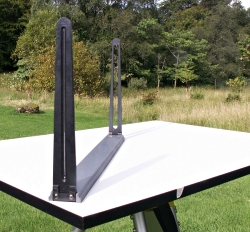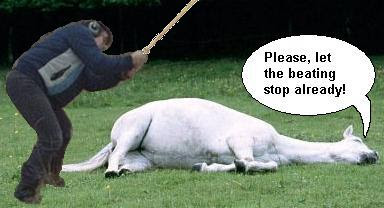Fromey
Established Member
It does seem that most discussion (arguments) about one way to work versus another simply boil down to a dispute about the speed of work and possibly fiddliness. Sharpen freehand or use a jig, you still get to sharp, it's just one approach may or may not be slower and/or more involved. Check for flatness with the Mark I Eye Ball or take the time to use a straightedge, it will still give you an idea of flatness, it's just each way will take longer (one to learn and the other to enact). I'm with you on this one Bugbear, I don't see much in the way of, "if you do it this way, your work will fail".
Jacob, good catch on the dangers of using winding sticks. I LOL'd
Jacob, good catch on the dangers of using winding sticks. I LOL'd






